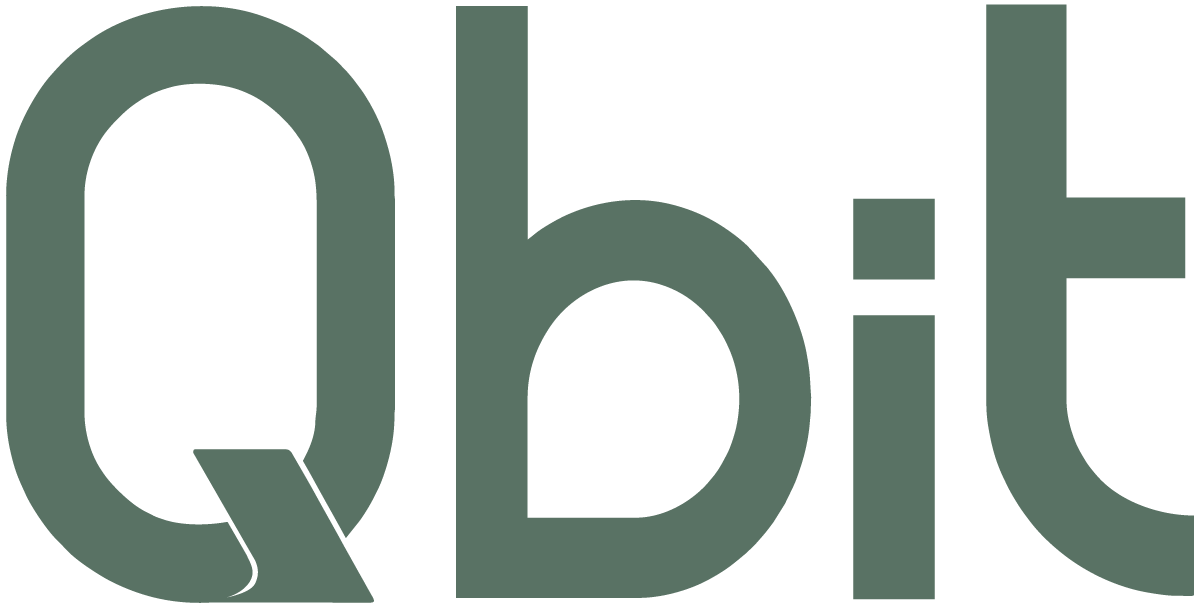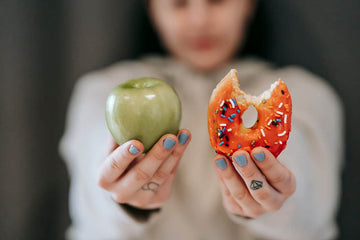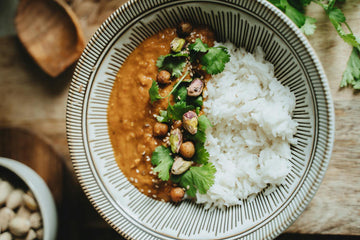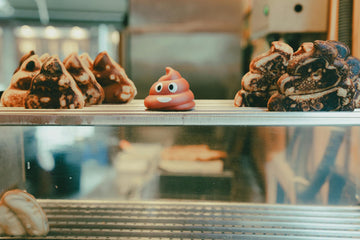Whether you completely avoid added sugar or simply reduce your intake, reading labels can help you identify hidden sugars and eliminate common sources from your diet.
Embracing a No-Sugar Diet
It’s widely known that many Indians have a fondness for sweets. On average, an adult in India consumes about 20 teaspoons of added sugar each day, in addition to the natural sugars found in fruits, grains, and dairy products.
Excessive sugar consumption has been linked to:
- Obesity
- Diabetes
- Heart disease
- Increased inflammation in the body
- High cholesterol
- High blood pressure
By adopting a no-sugar diet, your risk for these health conditions can significantly decrease. Keeping this in mind may help you stick to a new diet plan.
Read on for tips on how to get started, foods to watch out for, sweet substitutes to try, and more.
1. Start Gradually
Creating a sustainable eating plan is essential, and for many, this means starting slowly. Consider the first few weeks as a period of reducing sugar rather than eliminating it entirely. Your taste buds can be “retrained” to adapt to a less sugary diet, and eventually, you won’t crave high-sugar foods as much as before.
During this time, you can still consume foods with natural sugars, like fruits, as they are packed with nutrients and fiber. As you become more knowledgeable, begin making small changes to decrease your intake of added sugars.
Many people experience sugar withdrawal during the first week, so if you’re feeling irritable or craving sugar, you’re not alone. Making gradual changes can help ease your cravings and set you on the path to success.
You can:
- Use less sweetener in your coffee, tea, or breakfast cereal.
- Swap regular soda and fruit juices for flavored carbonated water with no artificial sweeteners, or infuse your water with your favorite fruit.
- Choose unflavored yogurt instead of your usual flavored option, and try adding berries to plain yogurt for natural sweetness.
- Be mindful of how much dried fruit you consume, as it often contains added sugar. Replace dried mango and other fruits with fresh berries.
- Opt for whole wheat breads, pastas, and other grains with no added sugar. Always read labels to ensure your foods don’t contain added sugars.
2. Cut the Obvious Sources
You don’t need to read labels to know that sugary sweets are off-limits. These include:
- Breakfast pastries, like muffins and coffee cake
- Baked goods, like cookies and cake
- Frozen treats, like ice cream and sorbet
While some foods with naturally occurring sugars are nutrient-dense and high in fiber, they can still be part of a healthy, balanced diet. However, as you adjust to your new routine, consider also reducing foods high in naturally occurring sugars to further train your brain to crave less sugar. These include:
- Dried fruits, like dates and raisins
- Yogurt with added fruit or flavors
- Milk

3. Start Reading Food Labels
Switching to a no-sugar lifestyle often involves a learning curve, as hidden sugar is present in many supermarket products.
Hidden sugars can be found in:
- Baked beans
- Tacos
- Boxed rice
- Frozen entrees
- Grains, like bread, rice, and pasta
The simplest way to eliminate hidden sources of sugar is by reading the nutritional information and ingredients list on the food label.
Keep in mind:
- Sugar is often measured in grams on labels. Four grams is equivalent to one teaspoon.
- Some foods, like fruit, don’t come with an ingredients label, so you’ll need to look up their nutritional information online.
- Nutrition labels now include both total sugars and added sugars, which can help you make informed decisions. While some companies have already adopted the new label, all labels will be updated to include this information.
4. Learn the Code Names for Sugar
Sugar has many sneaky aliases, and you’ll need to learn them all to completely remove it from your diet.
A general rule of thumb is to look out for ingredients ending in “-ose” — these are usually forms of sugar. For example:
- Glucose
- Maltose
- Sucrose
- Dextrose
- Fructose
- Lactose
In addition to clearly labeled sugars, such as malt sugar, sugar can take on many other forms, including:
- Agave
- Syrups, such as corn, rice, malt, and maple
- Fruit juice concentrate
- Maltodextrin
If this sounds daunting, take heart. Once you’ve learned to identify sugar in all its forms, it will be easier to avoid it and stick to your plan.
5. Steer clear of artificial sweeteners
Artificial sweeteners can be significantly sweeter than sugar, ranging from 200 to 13,000 times sweeter. This intense sweetness can trick your brain into craving more sugar.
In the long term, these substitutes might lead to increased sugar cravings, making it challenging to stick to your dietary goals.
Common artificial sweeteners include:
- Stevia
- Splenda
- Nutrasweet
Although they’re often marketed as sugar substitutes for cooking and baking, they’re also frequently used as ingredients in various food products.
Watch out for these ingredients on labels:
- Saccharin
- Aspartame
- Neotame
- Sucralose
- Acesulfame potassium
Sugar substitutes are commonly found in products labeled as no-sugar, low-sugar, or low-calorie.

The bottom line
Incorporating sugar-free into your diet can be beneficial for many, even if going completely sugar-free isn’t feasible. Switching between no-sugar and low-sugar diets weekly or avoiding refined sugars while reintroducing natural sugars from fruits can be effective strategies.
Reducing sugar intake, no matter how you approach it, can have positive effects such as clearer skin, increased energy, and weight loss. These benefits are likely to improve over time, making the effort worthwhile.
Qbit nutrition blend is free from added sugars, offering a wholesome formula enriched with probiotics, prebiotics, vitamins, minerals, and superfoods. Designed to support digestive health, immunity, and overall well-being, Qbit is committed to providing a sugar-free, convenient, and effective daily nutrition solution.












